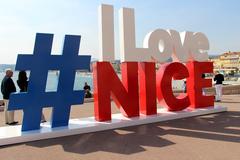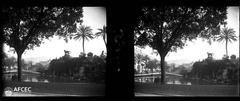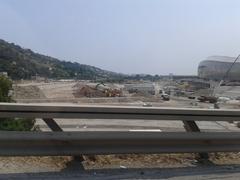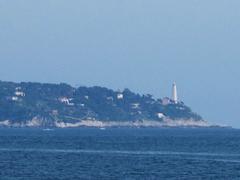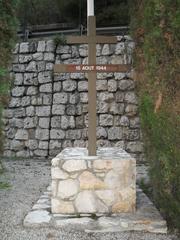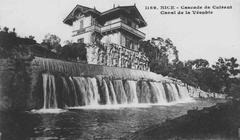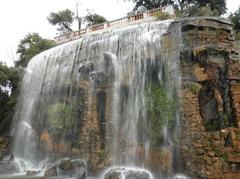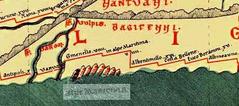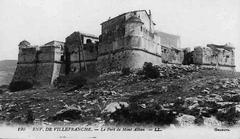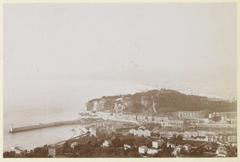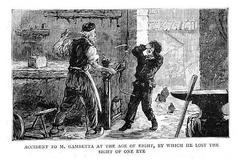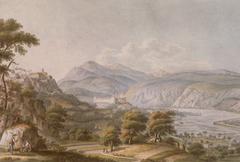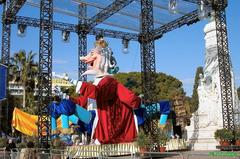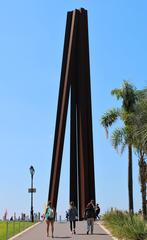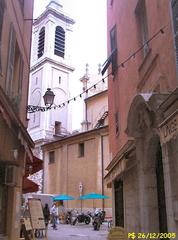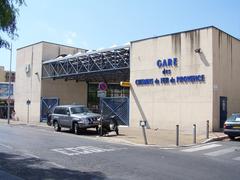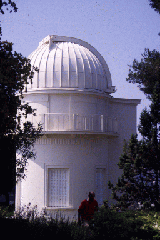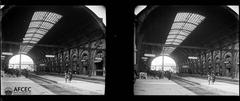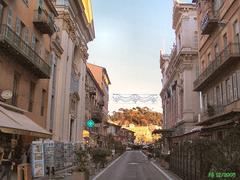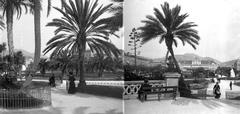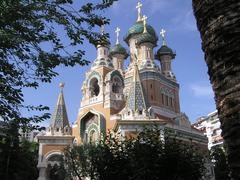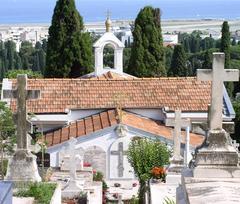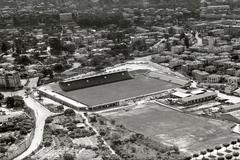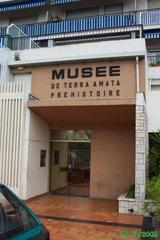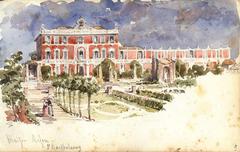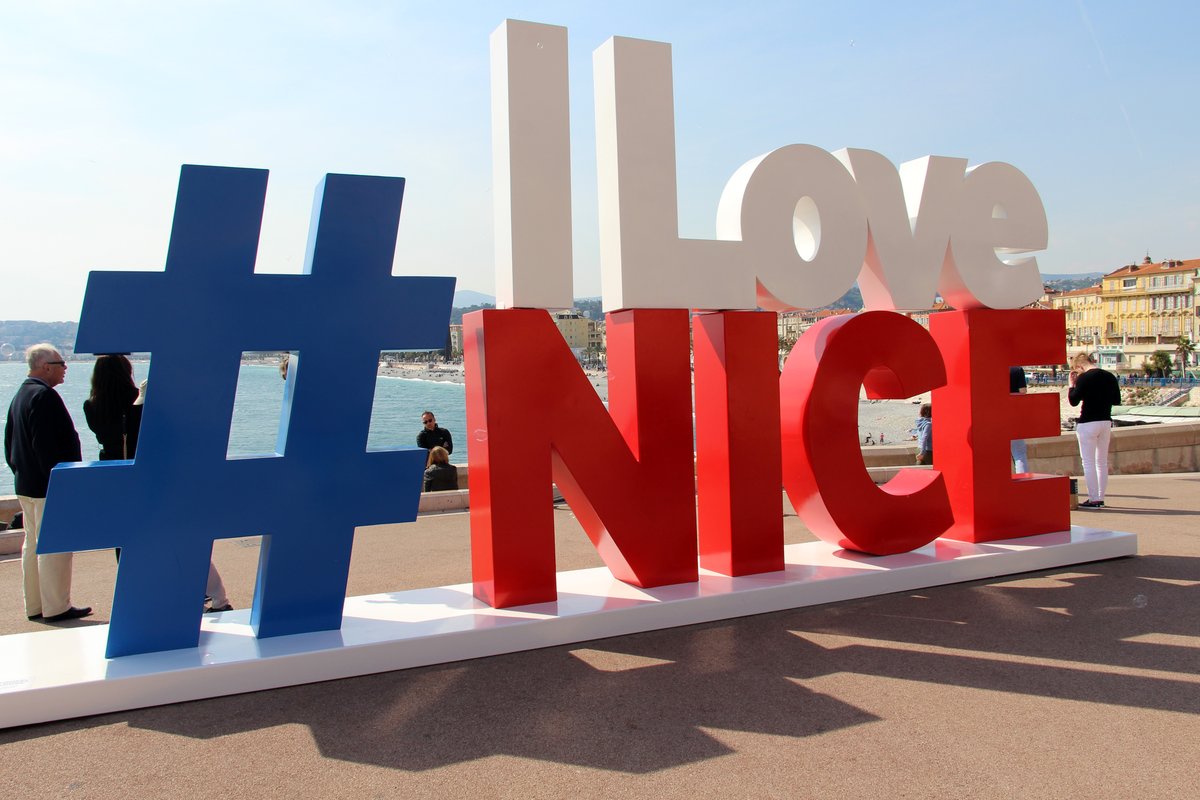
Visiting #ILoveNice in Nice, France: Complete Guide to Tickets, Hours, and Attractions
Date: 14/06/2025
Introduction
Perched along the dazzling Mediterranean coastline, Nice is a city where history, culture, and contemporary flair meet. One of its most beloved landmarks, the #ILoveNice sculpture, has become an emblem of the city’s unity and resilience. Born out of tragedy, this installation now stands as a beacon of hope and pride, welcoming visitors from across the globe. Conveniently located on the Quai Rauba-Capeù at the eastern tip of the Promenade des Anglais, it offers sweeping views of the Baie des Anges and is a must-see for anyone exploring Nice. This comprehensive guide covers the origin, cultural significance, visitor information, accessibility, and travel tips to help you make the most of your visit (nice-riviera.com; explorenicecotedazur.com; francerent.com).
Table of Contents
- Origins & History of #ILoveNice
- Design & Technical Details
- Cultural Significance and Social Impact
- Location and Setting: Promenade des Anglais
- Visiting Information: Hours, Tickets, and Accessibility
- Travel Tips and Nearby Attractions
- FAQ
- Conclusion & Recommendations
- Sources
Origins & History of #ILoveNice
The #ILoveNice sculpture was conceived and installed in 2016 as a response to the devastating terrorist attack on July 14th during Bastille Day celebrations on the Promenade des Anglais. The city’s intent was to create a unifying symbol—both a tribute to the victims and a declaration of collective resilience. Residents and visitors were encouraged to share their love for the city, fostering a renewed spirit of hope and community (ilove.nice.fr).
Initially inaugurated at the Miroir d’Eau on Promenade du Paillon, the installation quickly became a rallying point for solidarity, reflection, and celebration. Its current placement on Quai Rauba-Capeù ensures it is both visible and accessible, symbolizing the transformation from sorrow to strength (nice-riviera.com).
Design & Technical Details
Crafted by France Festivités, the #ILoveNice sculpture is an imposing 3D structure, measuring approximately 8 meters long, 3.5 meters high, and 1.2 meters wide, weighing nearly 2 tonnes. Constructed from car body sheet metal, it is finished with the tricolor blue, white, and red of the French flag (nice-riviera.com). The sculpture is not static; it is occasionally illuminated or modified to coincide with social causes or events, such as breast cancer awareness or city festivals.
Its hashtag design underscores its role in the digital age, inviting visitors to share their experiences online and making it a social media sensation.
Cultural Significance and Social Impact
A Digital and Visual Icon
The #ILoveNice sign has become a fixture on Instagram with over 700,000 posts, serving as both a visual love letter to Nice and a powerful tool for city branding (nice-riviera.com). Its strategic setting against the Mediterranean backdrop makes it one of the French Riviera’s most photographed landmarks (francerent.com).
Platform for Solidarity and Activism
Beyond its artistic appeal, #ILoveNice is a platform for activism and collective remembrance. It has been adapted for causes such as breast cancer awareness and solidarity with victims of violence. Merchandise and partnerships, like the 2017 campaign with Decathlon, have raised funds for victims and local charities (nice-riviera.com).
Linguistic and Cultural Debates
Some local groups advocate for a French-language version (“J’aime Nice”) in line with language laws, but the international resonance of #ILoveNice makes it especially meaningful for both locals and global visitors (nice-riviera.com).
Location and Setting: Promenade des Anglais
The #ILoveNice sign is prominently located on Quai Rauba-Capeù, marking the eastern end of the Promenade des Anglais, just below Castle Hill. This position offers panoramic vistas of the Bay of Angels and the Mediterranean, making it not only a photogenic spot but also a symbolic link between Nice’s storied past and its cosmopolitan present (niceandbeyond.com; explorenicecotedazur.com; janameerman.com).
Visiting Information: Hours, Tickets, and Accessibility
Hours and Tickets
- Accessibility: Open 24 hours a day, 7 days a week.
- Admission: Free for all; no tickets required.
Accessibility
The area around the sign is flat, paved, and wheelchair-friendly, with ramps and easy access to public transportation and parking. The Promenade du Paillon and Quai Rauba-Capeù are designed for strollers and wheelchairs alike.
Getting There
- On Foot: Short walk from Old Town (Vieux Nice), Place Masséna, and Castle Hill.
- Public Transport: Tram Line 1 (Opéra – Vieille Ville stop) or buses serving the city center.
- Parking: Public garages such as Parking Sulzer and Parking Corvesy are nearby, but walking or using public transport is recommended due to limited street parking (voyagetips.com).
Travel Tips and Nearby Attractions
Best Times to Visit
- Early Morning: Soft light, fewer crowds.
- Sunset: Golden hour for photography, vibrant atmosphere.
Photography Tips
- Angle yourself to capture both the sign and the sea.
- Arrive outside of peak tourist hours for more space and better lighting.
Nearby Attractions
- Castle Hill (Colline du Château): Stunning views, gardens, and waterfalls.
- Old Town (Vieux Nice): Markets, Baroque architecture, and authentic eateries.
- Promenade des Anglais: Seafront strolls, cycling, and people-watching.
- Cours Saleya Market: Fresh produce, flowers, and local specialties.
- Port Lympia: Lively waterfront cafés and colorful boats.
Amenities
- Cafés, restaurants, and shops within a 5–10 minute walk.
- Public restrooms along the Promenade des Anglais and Old Town.
- Bike rentals and dedicated lanes for cyclists (happilyevertravels.com).
Safety and Sustainability
- Keep personal belongings secure, especially in crowds.
- Respect the site: do not climb on the sculpture.
- Dispose of litter responsibly and support local eco-friendly initiatives.
- Use public transport or walk to minimize your carbon footprint.
FAQ
Q: What are the visiting hours for the #ILoveNice sign?
A: The site is open 24/7.
Q: Is there an entrance fee?
A: No, visiting is free.
Q: Is the sign accessible to wheelchair users?
A: Yes, the area is flat and fully accessible.
Q: Are there guided tours that include the sign?
A: Many local walking and city tours include the #ILoveNice sign as a stop.
Q: What’s the best time for photos?
A: Early morning or sunset.
Q: How do I get there by public transport?
A: Walk from Opéra – Vieille Ville tram stop or take a bus to the city center.
Conclusion & Recommendations
The #ILoveNice sculpture stands as a poignant memorial and a vibrant symbol of Nice’s enduring spirit. Its strategic location, accessibility, and cultural significance make it a highlight for any visitor to the city. Pair your visit with a stroll through Vieux Nice, a climb up Castle Hill, or a relaxing walk along the Promenade des Anglais to experience the full charm of the French Riviera. For an even richer experience, use the Audiala app for audio guides and city maps, and check official tourism sites for current events and tips.
Sources
- ILoveNice Sculpture in Nice: Visiting Hours, Tickets, and Historical Significance – France Festivités
- ILoveNice Sign in Nice, France: Visiting Hours, Tickets, and Visitor Guide – Explore Nice Côte d’Azur
- ILoveNice Sign Visiting Hours, Tickets, and Practical Tips – Voyage Tips
- Visiting the #ILoveNice Sign and Top Historical Sites in Nice – Happily Ever Travels
- ilove.nice.fr
- janameerman.com
- francerent.com
- niceandbeyond.com
